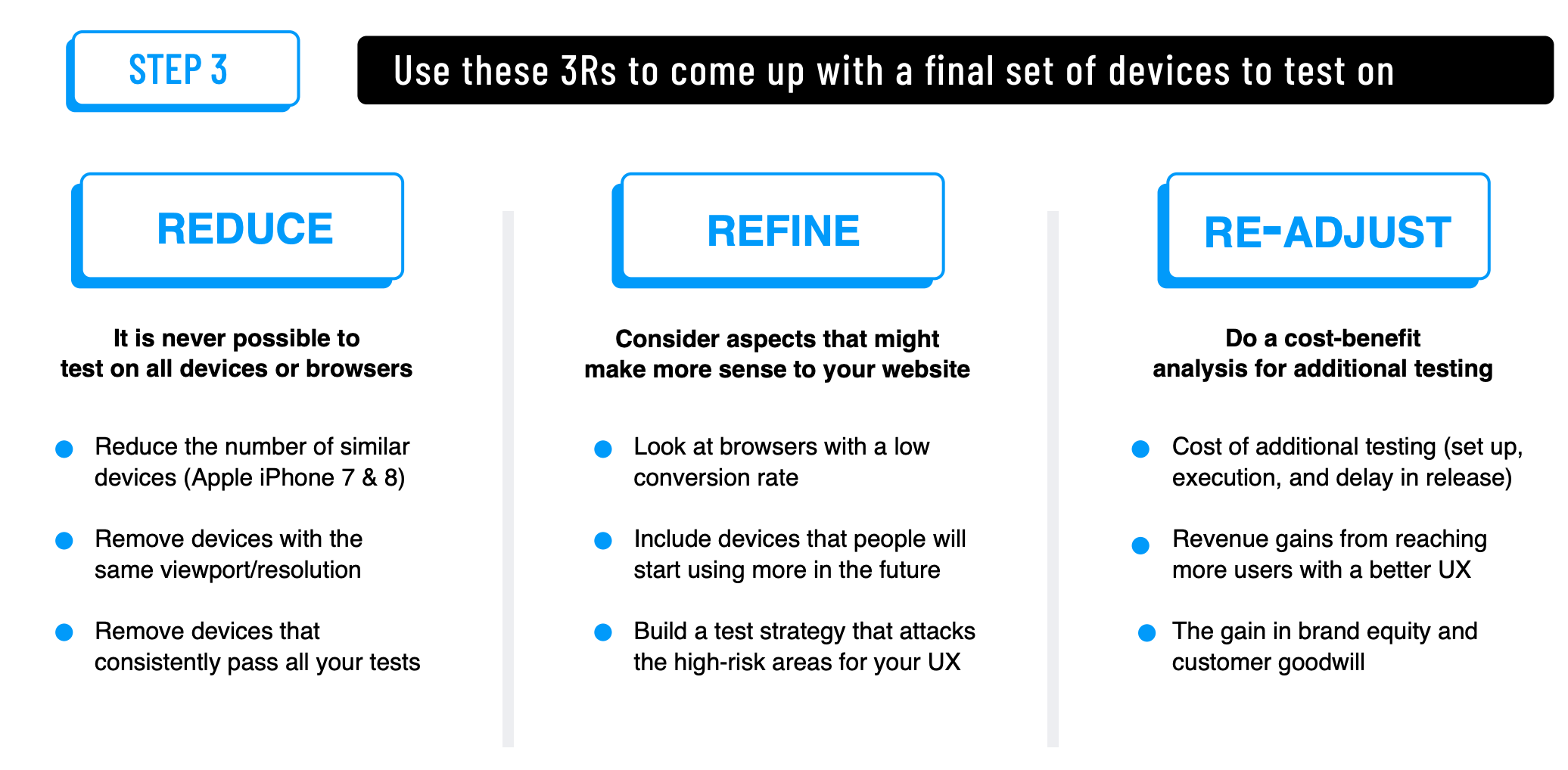In the digital age, where access to information is omnipresent, ensuring a seamless user experience across devices is paramount. Responsive design, a methodology aimed at crafting websites to provide optimal viewing and interaction experiences across a wide range of devices, has become indispensable. At the heart of responsive design lies the consideration of screen size – a crucial factor that determines how content is displayed and interacted with. In this comprehensive guide, we delve into the intricacies of finding the ideal screen size for responsive design, exploring its significance, challenges, and best practices.
- Understanding Responsive Design:
- Definition and Importance
- Core Principles
- Evolution and Adoption
- The Significance of Screen Size:
- Role in User Experience
- Impact on Design Decisions
- Statistical Insights on Device Usage
- Challenges in Determining the Ideal Screen Size:
- Fragmentation of Devices
- Emergence of New Form Factors
- Cross-Compatibility Issues
- Factors Influencing Screen Size Considerations:
- Device Diversity: Smartphones, Tablets, Laptops, Desktops, and Beyond
- Orientation: Portrait vs. Landscape
- Resolution: High-Density Displays and Retina Screens
- Accessibility Considerations
- Best Practices for Responsive Screen Size Design:
- Mobile-First Approach
- Fluid Grids and Flexible Layouts
- Breakpoints and Media Queries
- Content Prioritization Techniques
- Performance Optimization Strategies
- Case Studies and Examples:
- Showcase of Responsive Websites
- Analysis of Successful Implementations
- Lessons Learned from Failures
- User Experience Considerations:
- Touch vs. Mouse Interactions
- Navigation Patterns
- Gestures and Input Methods
- Future Trends and Technologies:
- Foldable Devices and Dual-Screen Setups
- Augmented Reality (AR) and Virtual Reality (VR) Interfaces
- Wearables and Internet of Things (IoT) Integration
- Tools and Resources for Responsive Design:
- Frameworks: Bootstrap, Foundation, Materialize, etc.
- Prototyping and Wireframing Tools
- Browser DevTools for Testing and Debugging
- Conclusion:
- Recap of Key Points
- Call to Action for Embracing Responsive Design
- Final Thoughts on the Evolving Landscape of Screen Size Considerations
- Understanding Responsive Design:
- Definition of responsive design
- Importance of responsive design in today’s digital landscape
- Benefits of responsive design for businesses and users
- Factors to Consider When Selecting Screen Size:
- Device landscape: Analyzing the most commonly used devices and their screen sizes
- User demographics: Understanding your target audience and their device preferences
- Content priorities: Identifying key content elements and their display requirements
- Industry standards: Examining industry-specific trends and best practices
- Future scalability: Anticipating future advancements in device technology
- Common Screen Sizes and Breakpoints:
- Overview of popular device categories (smartphones, tablets, laptops, desktops)
- Standard screen resolutions and aspect ratios for each device category
- Recommended breakpoints for responsive design layouts
- Strategies for handling fluid and fixed layout designs
- Responsive Design Strategies:
- Mobile-first approach: Benefits and implementation strategies
- Content prioritization: Techniques for delivering essential content on smaller screens
- Flexible images and media: Ensuring optimal display across various resolutions
- Touch-friendly interfaces: Design considerations for touch-based interactions
- Navigation optimization: Simplifying navigation for smaller screens without compromising functionality
- Testing and Optimization:
- Importance of testing responsive designs across multiple devices and screen sizes
- Tools and resources for cross-device testing and debugging
- Iterative optimization based on user feedback and performance analytics
- A/B testing methodologies for comparing different responsive layouts
- Case Studies and Examples:
- Showcase of successful responsive design implementations
- Analysis of design choices and their impact on user experience
- Lessons learned and best practices from real-world projects
- Emerging Trends and Future Considerations:
- Evolving device landscape: Predictions for future device form factors and screen sizes
- Impact of emerging technologies (e.g., foldable displays, augmented reality) on responsive design
- Adaptive design approaches for accommodating diverse user needs and preferences
- Conclusion:
- Recap of key considerations for choosing the ideal screen size for responsive design
- Importance of ongoing adaptation and optimization in response to evolving technologies and user behaviors
- Final thoughts on the role of responsive design in creating engaging and accessible digital experiences.
By delving into the multifaceted realm of responsive design and its intricate relationship with screen size, this comprehensive guide aims to equip designers, developers, and digital enthusiasts with the knowledge and insights necessary to create compelling and accessible experiences across all devices. Whether you’re embarking on a new project or seeking to enhance an existing one, understanding the nuances of screen size in responsive design is essential for success in today’s interconnected world.
